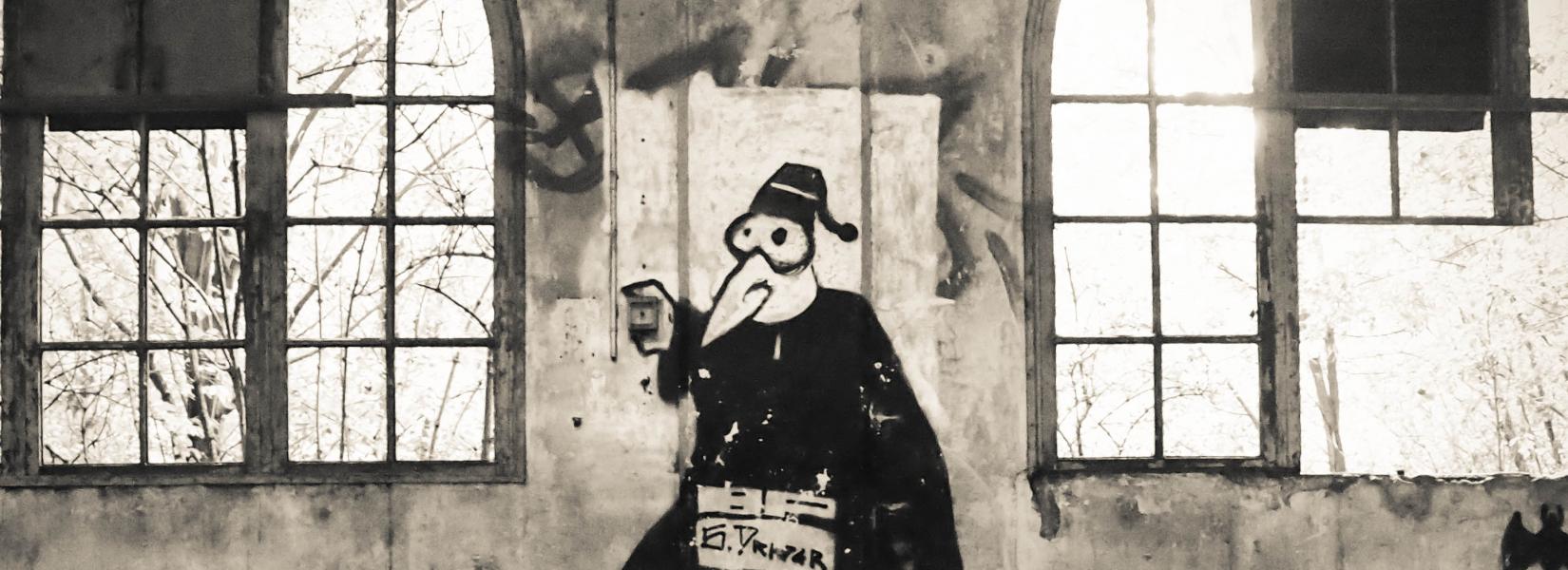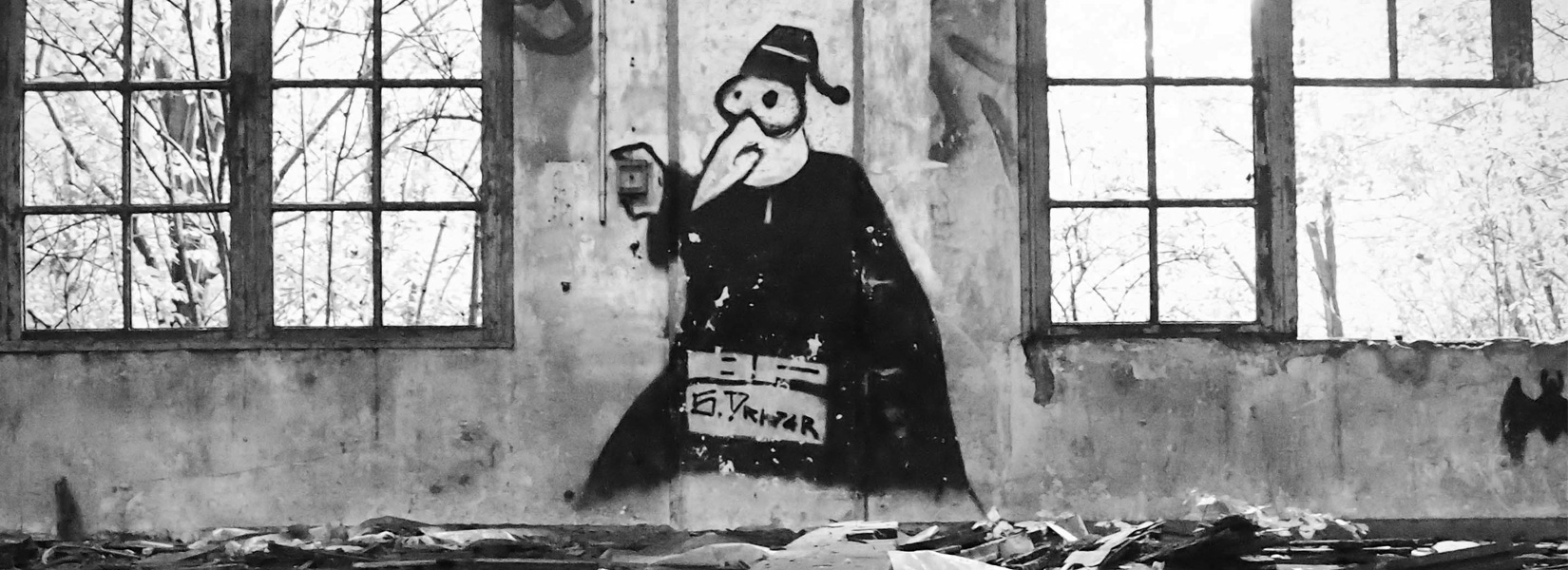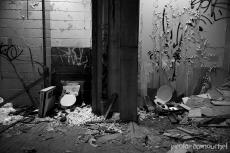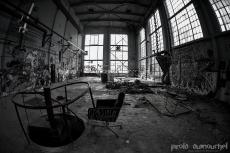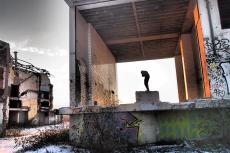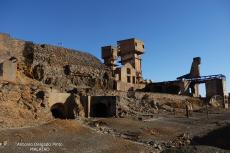The plant itself is definitively not as great at we saw in other places. Located in the heart of Pointe-Saint-Charles neighborhood of Montreal, this two storey building has no longer the cachet of its heyday. While neighboring buildings are...
The former Grands Moulins de Paris company
Huge structure adrift
Built in 1921 on the left bank of the Deule in Marquette-Lez-Lille (north of the France), the majestic Grands Moulins de Paris's mill is a huge structure adrift waiting for a renaissance that is pending since few decades.
The history of this factory starts at the turn of the twentieth century. It was in 1920 that will grouped several millers in order to build this imposing 25,000 m² building. This Neo-Flemish style building is described as a modern success at the cutting edge of technology at the time. Its architecture would reflect the northern region.
Once operations begin, it could grind over 600 tons per day, against 1,000 tonnes in the Grands Moulins de Paris, a competitor who will buy it in 1928. At that time, it's about 200 workers who was working at the plant.
The collapse of the market in the early 1980s with the new tariff policy of the United States will have serious consequences for the mill. The subsequent years will be made of lost of corporate profits and in 1989, the owners announce the permanent closure of the plant and the layoff of the last 57 employees.
Bought in 1995 by the SCI Diane de la Provenchère society, its current owner, Jean-Pierre Maurice seek, according to some, to sell beyond the actual value of the building. While some estimate all the plant at 1.8 million, the latter rather seek to sell it at € 10 million. This explains, at least in part, why the saga of Grands Moulins de Paris drags.
Add to this a fire that destroyed the main building in 2001 and heavily contaminated and we get additional delays which does not help in finding a new vocation for that plant.
Thus far...
In January 2012, Mayor Jean Delebarre has submitting a major project whose plans are signed by Lille architect Hubert Maes. On the table: lofts, library, restaurants, hotel and underground parking. If the idea appeals to everyone at this time, there is still today no slightest sign of progress on the ground. In the dock? Disagreements about the bill for cleaning up the premises, building permits and other politics issues. And even though the city is confident to see a way to complete this file soon, the reality is that the risk to stretch further delays is way too big.
Related content
Sold for $ 1 in 2004 in exchange of the promise to clean up the heavily polluted soil, the land of more than 3.5 million square feet has not found its commercial and residential purpose promised by March Group, the current owner. However, when...
Destroyed in 2004, the Terken brewery was a huge industrial complex of more than four hectares. Located in the Union area in Roubaix, near Lille, the factory was, at one time, a symbol of "close symbiosis" between the company and its community...
Located in São Domingos (province of Alentejo) south of Lisbon, capital of Portugal, the mine of Achada do Gamo is an abandoned open pit mine. Located in the heart of the Iberian Pyrite Belt, which extends from southern Portugal to Spain, the...

